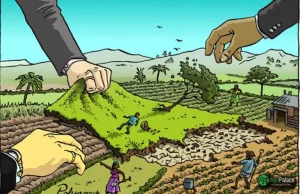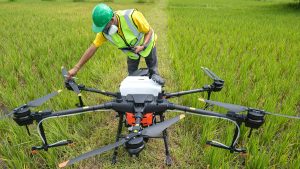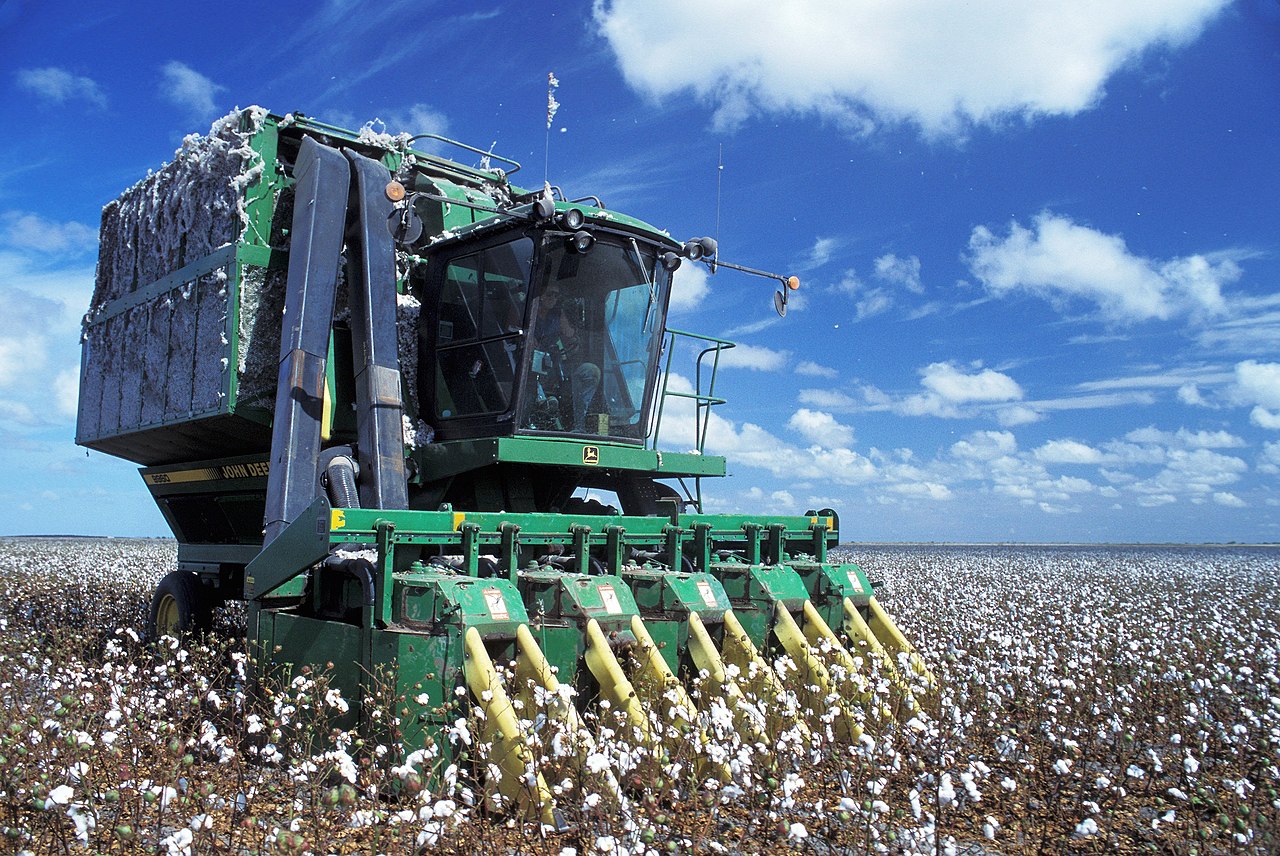Introduction:
In this article, we embark on a journey through time, tracing the evolution of agriculture from its humble beginnings to its promising future. Join us as we explore how farming practices have adapted and transformed over centuries, shaping not only the way we grow food but also our relationship between agricultural Evolutions.
Agricultural Evolutions: Seeds of Civilization

Delve into the origins of agriculture, where early humans transitioned from nomadic hunting and gathering to settled farming communities. Discover the pivotal role of crops like wheat, rice, and maize in the rise of ancient civilizations such as Mesopotamia, Egypt, and the Indus Valley. Explore the primitive techniques of irrigation, crop rotation, and domestication that laid the foundation for agricultural Evolutions
Agricultural Evolutions : Feudal Fields and Technological Triumphs
Journey through the Middle Ages, a period marked by feudalism, serfdom, and the spread of agricultural innovations. Learn about the introduction of new crops like potatoes and corn from the Americas, revolutionizing European agriculture. Explore advancements in farming technology such as the heavy plow, windmills, and crop rotation systems pioneered by medieval farmers.
Industrial Revolution: Machinery Meets the Fields
Witness the dawn of the Industrial Revolution and its profound impact on agriculture. Explore the mechanization of farming with inventions like the seed drill, reaper, and threshing machine, increasing efficiency and productivity. Delve into the social and environmental consequences of agricultural Evolutions, from rural depopulation to soil degradation, sparking debates on sustainable farming practices.
Agricultural Evolutions : Seeds of Change
Enter the 20th century and witness the birth of the Green Revolution, a period of rapid agricultural innovation and expansion. Explore the introduction of high-yielding crop varieties, synthetic fertilizers, and pesticides, fueling unprecedented growth in food production. Examine the Green Revolution’s mixed legacy, from alleviating hunger to exacerbating environmental degradation and socioeconomic disparities.
Modern Agriculture: Innovations for a Sustainable Future

Step into the 21st century, where agriculture stands at a crossroads between innovation and sustainability. Discover cutting-edge technologies like precision farming, vertical farming, and genetic engineering, revolutionizing how we grow food. Explore the growing movement towards agroecology, regenerative agriculture, and organic farming, emphasizing environmental stewardship and social equity.
The Future of Farming: Nurturing Nature
Peer into the future of agriculture, where sustainability and resilience take center stage. Envision a world where farming practices prioritize soil health, biodiversity, and climate resilience. Explore emerging trends such as agroforestry, urban agriculture, and digital farming, reshaping the agricultural landscape for generations to come.
Key Points Summary Table
| Period | Major Developments |
|---|---|
| Ancient Agriculture | Transition from hunting-gathering to settled farming communities<br>- Domestication of crops and animals<br>- Primitive irrigation and crop rotation systems |
| Medieval Farming | Introduction of new crops from the Americas<br>- Adoption of farming technologies like the heavy plow and windmills<br>- Expansion of agricultural estates and feudal systems |
| Industrial Revolution | Mechanization of farming with inventions like the seed drill and reaper<br>- Shift towards monoculture and intensive farming practices<br>- Societal and environmental impacts of agricultural intensification |
| Green Revolution | Introduction of high-yielding crop varieties and synthetic inputs<br>- Expansion of agricultural productivity and food security<br>- Environmental and social consequences of industrialized agriculture |
| Modern Agriculture | Adoption of precision farming and biotechnology<br>- Emphasis on sustainability, biodiversity, and resilience<br>- Integration of digital technologies and data-driven farming |
| Future of Farming | Focus on regenerative agriculture and ecological stewardship<br>- Adoption of innovative practices like agroforestry and urban agriculture<br>- Harnessing technology for sustainable food production |
Comparative Table: Traditional vs. Modern Agriculture
| Aspect | Traditional Agriculture | Modern Agriculture |
|---|---|---|
| Technology | Manual labor and traditional tools | Mechanization and digital technologies |
| Inputs | Organic fertilizers, natural pest control | Synthetic fertilizers, pesticides, and genetically modified organisms |
| Environmental Impact | Relatively low, reliance on natural cycles | Varied, ranging from sustainable to intensive practices |
| Productivity | Limited, influenced by climate and soil | High, driven by technology and inputs |
| Sustainability | Mixed, dependent on local practices | Increasing emphasis on sustainable practices and conservation |
Conclusion
In conclusion, the story of agricultural evolution is one of resilience, adaptation, and innovation. From the ancient fields of our ancestors to the cutting-edge farms of the future, agriculture continues to evolve in response to changing environmental, social, and technological landscapes. By understanding our agricultural past and embracing sustainable practices, we can cultivate a brighter future for generations to come.




